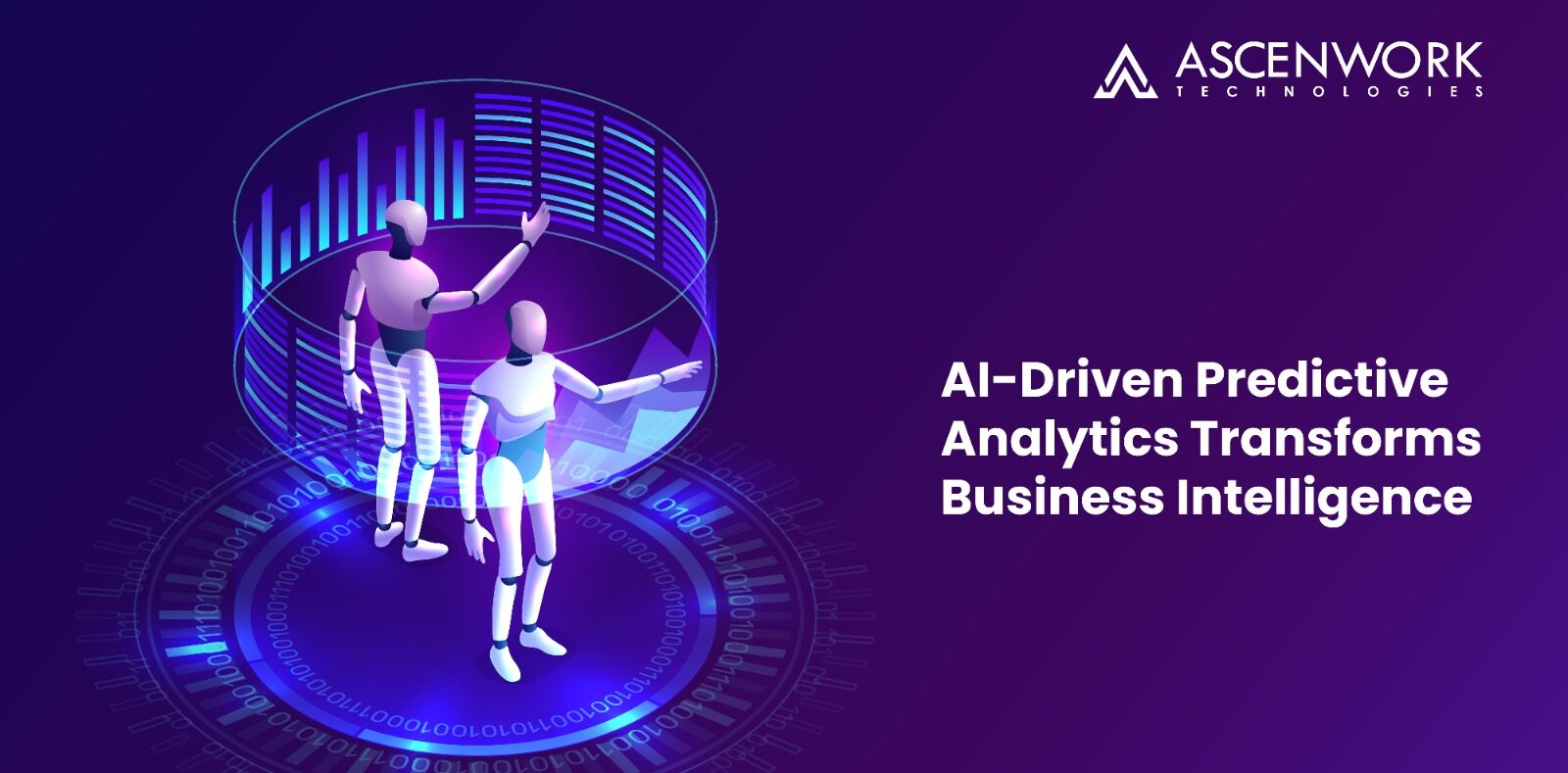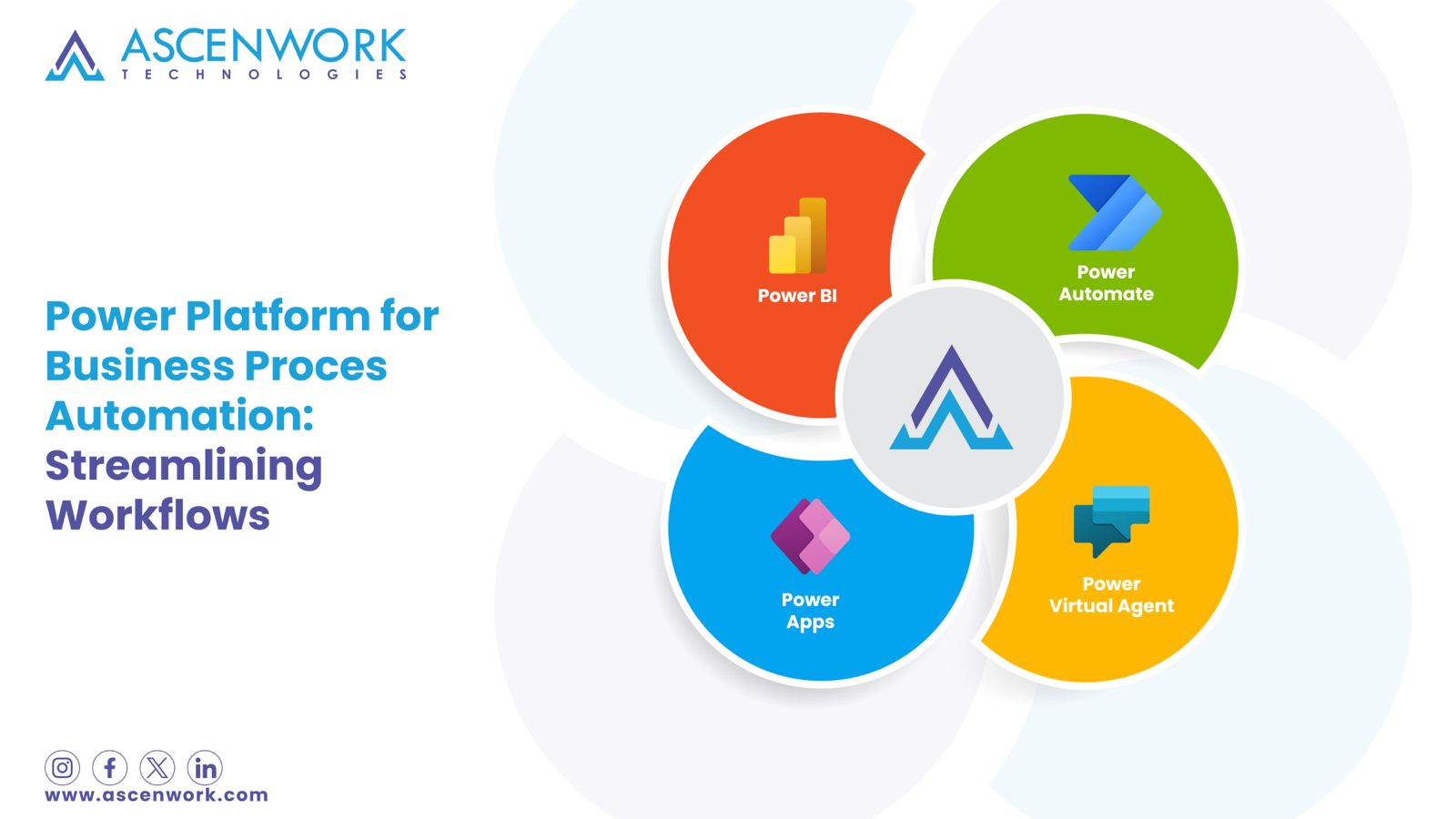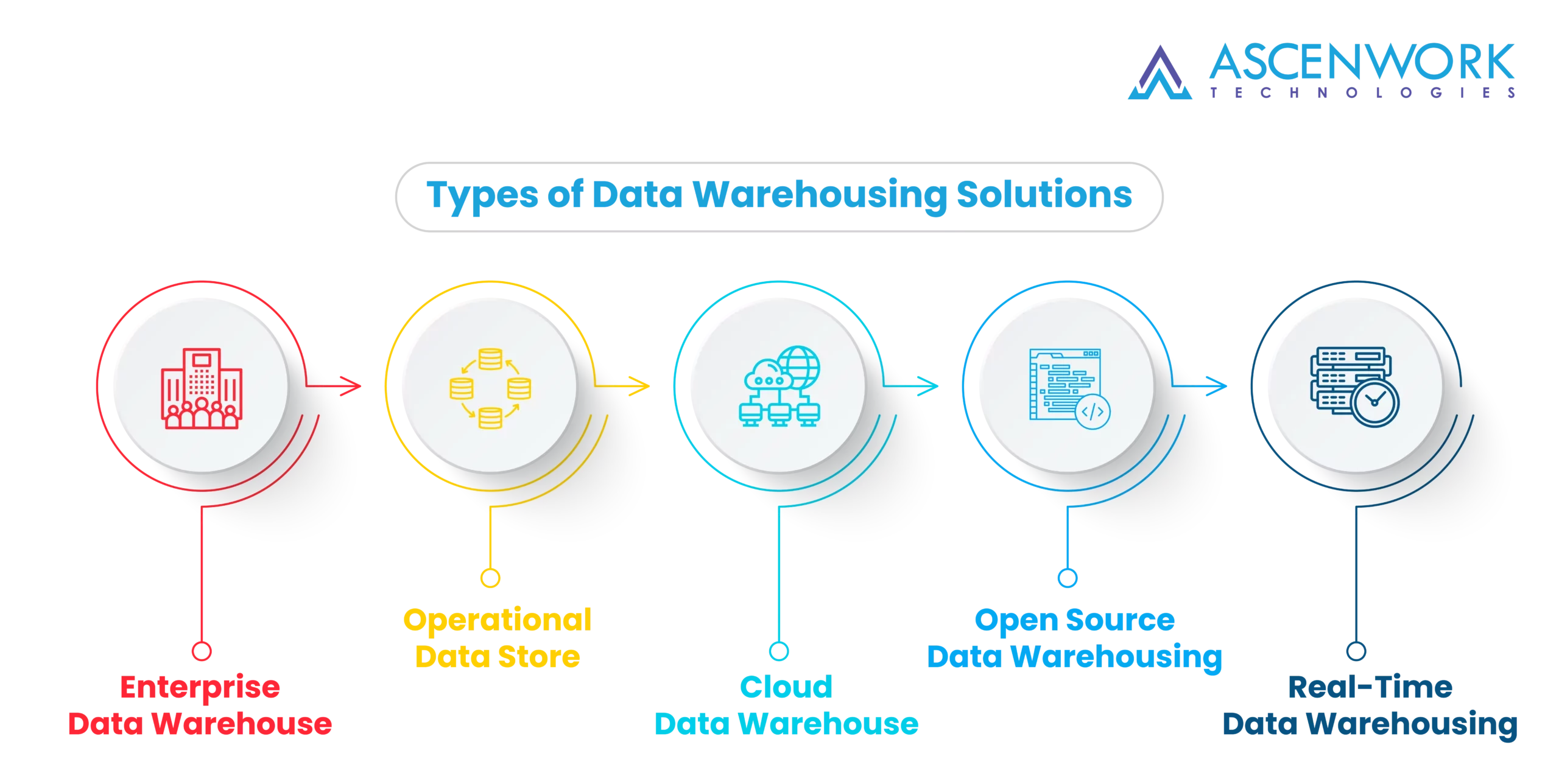
In the ever-evolving landscape of business intelligence, a groundbreaking transformation is underway, powered by AI-driven predictive analytics. This remarkable shift is reshaping how organizations glean insights, make decisions, and seize opportunities. Through this article, we embark on a journey to explore this profound revolution and its sweeping impact on future of ai.
Say Hello to Next-Gen Marketing with AI-Driven Analytics
Say Hello to Next-Gen Marketing with AI-Driven Predictive Analytics. As we step into a data-driven future, AI is ushering in a new era of marketing. By harnessing the predictive power of analytics, businesses can tailor their strategies with unparalleled precision. This technology empowers marketers to say goodbye to generic approaches and embrace the personalized, dynamic world of Next-Gen Marketing.
Bringing Machines to Life A Peep into Predictive Maintenance
Bringing Machines to Life: A Peep into Predictive Maintenance. In the realm of industrial operations, predictive maintenance stands as the sentinel of efficiency. It breathes life into machinery, foreseeing potential issues and preventing downtime. Through data-driven insights, machines are kept in optimal health, ensuring seamless operations, minimizing costs, and transforming maintenance from reactive to proactive.
Welcome to Data-Driven Innovation A Metaphysical Outlook
Welcome to Data-Driven Innovation: A Metaphysical Outlook. In the modern business landscape, data isn’t just numbers; it’s the very essence of innovation. A metaphysical shift is occurring, where data becomes the philosopher’s stone, turning raw information into golden opportunities. Through AI and analytics, businesses are exploring uncharted territories, unlocking insights, and making informed decisions. It’s a journey into the mystical world of data-driven innovation, where data is the new alchemist.
What is the Difference Between AI Analytics and Traditional Analytics?
AI Analytics represents the next evolution in data interpretation. Unlike traditional analytics, which relies on human-defined algorithms, AI Analytics uses artificial intelligence to identify patterns and anomalies independently. It doesn’t just provide insights; it uncovers hidden correlations, offering a deeper, more holistic understanding of data. In essence, AI Analytics acts as an intuitive data scientist, augmenting traditional methods with the power of automation and adaptability.
How Does AI Analytics Work?
AI Analytics operates as a complex orchestra where data takes center stage. It begins by collecting vast datasets from various sources, ensuring comprehensive coverage. This data is then processed through machine learning algorithms that can identify patterns, relationships, and anomalies. As the future of ai system learns and adapts, it refines its analysis, providing increasingly accurate insights. The beauty of AI Analytics lies in its ability to continuously learn and improve, making it a powerful tool for businesses seeking data-driven decision-making. In essence, it’s a self-taught maestro, orchestrating a symphony of data for optimal results.
4 Ways to Use AI Analytics
Exploring the world of AI Analytics unveils four impactful ways to harness its potential. First, it optimizes decision-making by processing massive datasets rapidly, ensuring informed choices. Second, AI Analytics personalizes customer experiences, tailoring interactions and content. Third, it enhances predictive maintenance, reducing downtime and operational costs. Finally, it refines supply chain management, optimizing inventory and logistics. These versatile applications make AI Analytics an invaluable tool for businesses seeking to gain a competitive edge. By embracing this technology, organizations can tap into its diverse capabilities to drive efficiency and growth in an increasingly data-driven world.
Pros of AI Analytics
The advantages of AI Analytics are multifaceted. Firstly, it elevates decision-making by offering unparalleled accuracy and insights derived from vast data pools. Secondly, it enhances productivity by automating routine tasks, freeing up human resources for more strategic work. Thirdly, it excels in predictive capabilities, foreseeing trends and issues, enabling proactive strategies. Moreover, it adapts and evolves continuously, keeping businesses ahead in the dynamic data landscape. Lastly, it delves into complex data structures, revealing hidden patterns and correlations that are often beyond human perception. These pros of AI Analytics collectively redefine the business intelligence landscape, empowering organizations to thrive in the data-driven era.
Cons of AI Analytics
Despite its remarkable capabilities, AI Analytics does come with its set of challenges. Firstly, there are concerns about data privacy and security, as AI requires vast amounts of sensitive data. Secondly, the initial investments for implementing AI Analytics can be substantial, potentially posing financial challenges for smaller businesses. Thirdly, technology may encounter issues with bias, as AI algorithms can perpetuate existing prejudices in the data they are trained on. Lastly, the human element remains essential, as AI cannot entirely replace human judgment and expertise. Acknowledging these cons is crucial in harnessing the full potential of AI Analytics while mitigating its pitfalls.
Understanding the Meaning of Analytics and Its Type
The Role of AI in Business Analytics is pivotal in today’s data-driven landscape. It begins by comprehending the core meaning of analytics and the various types. Analytics is the art of extracting actionable insights from data. Traditional analytics relied on human-defined rules, but AI now revolutionizes this landscape. AI augments analytics by automating complex tasks, uncovering hidden patterns, and providing real-time insights. It encompasses a spectrum of analytics types, including descriptive, diagnostic, predictive, and prescriptive. Understanding these nuances enables organizations to harness AI’s transformative power, making it a cornerstone in driving business intelligence and decision-making in a fast-paced, data-centric world.
It’s a result of the unparalleled adaptability and versatility AI offers. Its ability to learn, improve, and automate tasks has made it indispensable in numerous industries. AI’s power lies in its capacity to process vast amounts of data swiftly, enabling data-driven decision-making. It enhances efficiency, streamlines processes, and provides innovative solutions. Moreover, AI’s potential to personalize user experiences and optimize operations has led to its widespread adoption. The relentless pursuit of improved efficiency and innovation has turned AI into an ever-present force, shaping our modern world in countless ways.
The integration of AI into business intelligence (BI) dramatically improves the landscape. AI’s strength lies in its ability to process vast datasets at remarkable speed, offering deeper insights and predictive capabilities. By automating the analysis of complex data, it enables real-time decision-making. AI enhances data accuracy, reducing the margin for error in BI reports. Additionally, it sifts through unstructured data, extracting meaningful patterns and correlations that would be challenging for humans to discern. The result is a BI environment that is more precise, faster, and capable of providing actionable insights, equipping businesses to stay ahead in the competitive market.
Driving AI adoption within your business demands a strategic approach. Firstly, fostering a data-centric culture is key, where employees understand the value of data. Secondly, selecting the right AI tools that align with your business goals is critical. Thirdly, investing in employee training to harness AI effectively is essential. Lastly, ensuring data security and compliance are maintained during the process guarantees a smooth adoption.
The future of AI in Business Intelligence (BI) promises exciting possibilities. AI will continue to refine and augment BI by offering deeper insights, predictive capabilities, and enhanced automation. As AI technology advances, it will make BI tools more user-friendly and accessible to a broader audience. Ultimately, AI’s role in BI will be central in enabling organizations to stay agile, competitive, and data-driven in an ever-evolving business landscape.


